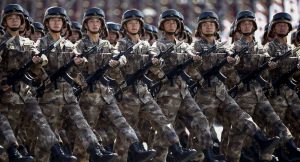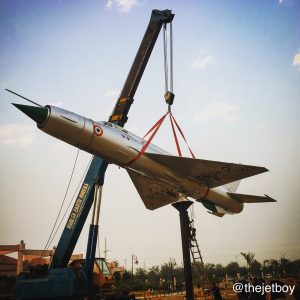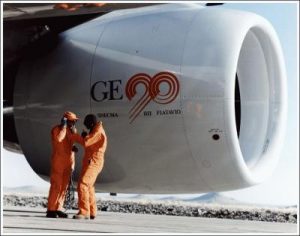China is the second largest economy in the world and has been the fastest growing major economy for about a decade now. With a GDP of 11 trillion dollars, it was only a matter of “when” rather than “if” this economic power would be transformed into military muscle. Over the past few years, we have seen an aggressive China laying claims over whatever it can – be it the South China Sea, Arunachal Pradesh, or a few islands, and maybe even the moon in the not-so-distant future. To support its claims (or to put it otherwise, “enforce it”), China has rapidly been developing its armed forces, especially its air force.
The Chinese Air Force is also known as the People’s Liberation Army Air Force (PLAAF) is the largest air force in Asia, with about 3010+ air crafts, about 400,000 personnel and 150+ airbases spread across the country. The air force is undergoing rapid modernisation and expansion, with all older aircraft types currently in service being quickly phased out and new 4.5th generation fighters replacing them, along with 5th generation fighters shortly.
Not only is it replacing its old aircraft but has also started exporting fighter aircraft to several 3rd world countries, like the JF-17(fighter) or the Z-10 (attack aircraft) to Pakistan, a country which accounts for 35% of all Chinese arms exports. China accounts for about 5.9% of the total arms export between 2011-15. Though far behind US and Russia (27% and 28% respectively), it has rattled even these big players. But meanwhile, Chinese arms imports have fallen by 25% during the same period of time.

India, also the 3rd largest economy, still relies heavily on arms import and is in fact, the world’s biggest arms importer. While India took over 30 years to develop a single Light Combat Aircraft, China has developed more than 3 aircraft in the past decade alone (J-15, J-20, J-31) with J-20 and J-31 being 5th Gen. fighters, and not to mention transport aircraft, like Y-20.
It does make us wonder if China has acquired some secret formulae to success or are these all “MADE IN CHINA.” China is a country famous for producing cheap duplicates of cars, toys, mobile phones, and laptops; but in the recent past, they have taken it to a whole new level. China has started stealing confidential data about military jets from other nations (basically the USA) or buying them in small quantities and reverse engineering them to produce cheaper replicas (basically Russia). If you look at the list below (source: Wikipedia), you can see how close this duping business is.
Bombers-
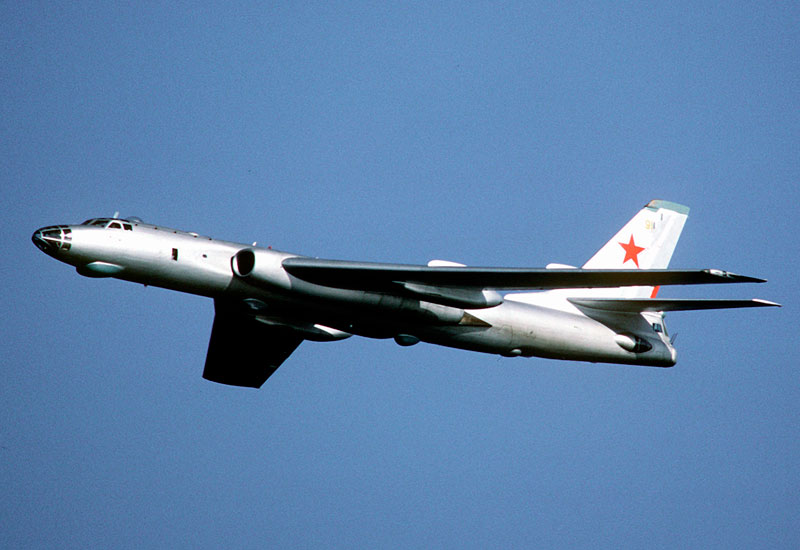
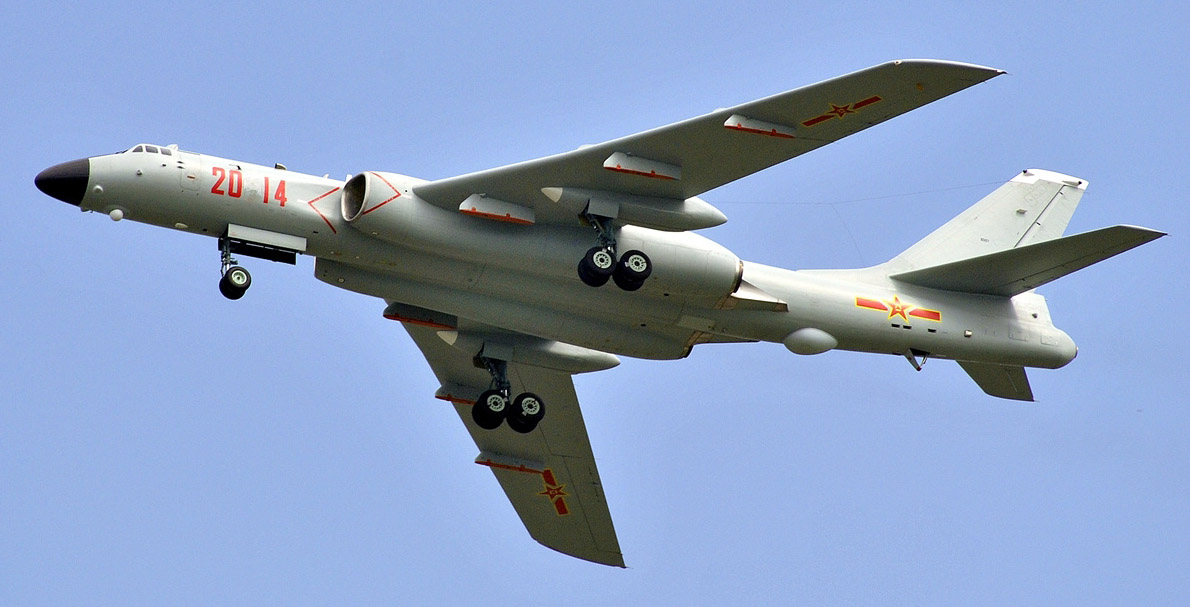
| H-5 | Copy of Il-28 retired |
| H-6 | Copy of Tu-16 |
Fighters-
| J-5 | Chinese variant of Mig-17, no longer in production, |
| J-6 | Chinese variant of Mig-19, no longer in production |
| J-7 | Chinese variant of Mig-21, no longer in production |
| J-8 | Interceptor/Fighter, no longer in production |
| J-10 | Multi-role medium-weight fighter |
| J-11 | Chinese variant of Su-27 |
Ground Attack-
| Q-5 | Developed based on Gurevich MiG-19 |
Transport-
| Y-5 | Copy of An-2 |
| Y-6 | Il-14 |
| Y-7 | Copy of An-24 |
| Y-8 | Copy of An-12 |
Even the newer aircraft of its fleet, trace their origins to numerous cyber attacks and espionage cases.
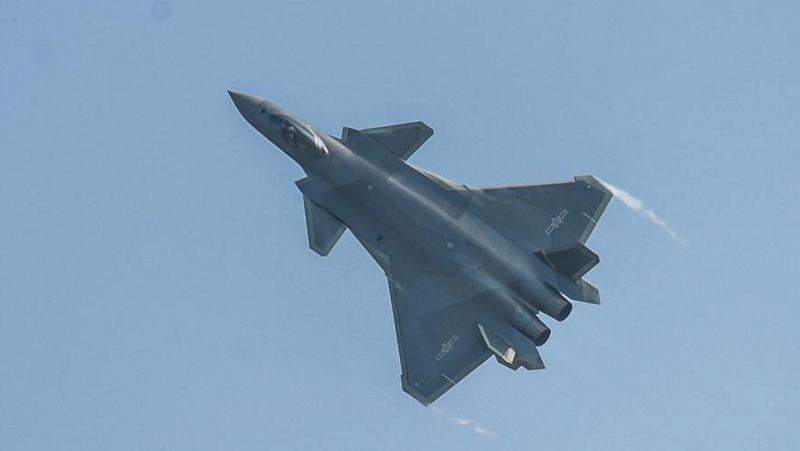
The J-20, Chinese 5th gen. fighter, has been modified several times since its first prototype in 2011, with revisions in the air intake, wing size, and nose design to enhance stealth. It’s believed that the information gained from cyber attacks on the U.S. military and defense contractors led to these modifications. Quite recently, in July of 2014, a Chinese businessman was arrested for stealing data from the U.S., that included over two dozen defense programs, including the F-35 and F-22.
Moreover, the Y-20 (Chinese transport aircraft) owes its existence to Mr. Dongfan “Greg” Chung, an aerospace engineer from Orange County, who was sentenced to 24 years and 5 months in prison in 2011, for spying for the Chinese regime and stealing more than 250,000 documents from Boeing and Rockwell. These included designs for the C-17 Globemaster III, and a Boeing freighter, which he snuck out in 2006.
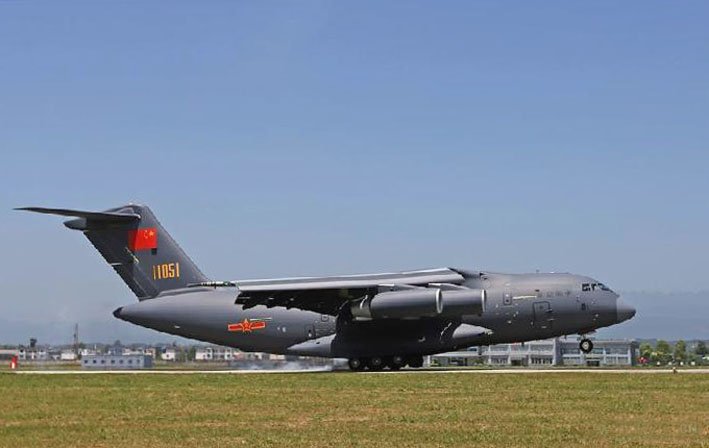
The CH-4, the Chinese drone that recently crashed in Pakistan, looks almost identical to its American cousin, the MQ-1 predator. Though the Chinese Air Force seems like a grand dragon waiting to decimate all those who stand in its way, we are forced to wonder, “Is it actually so?” With the stealth planes already in production but lacking an engine to power it, its drone crashing in foreign countries, and fighters unable to land on its sole aircraft carrier, the situation indeed is grave. China is only focusing on quick and mass production of these aircraft and not on the proper R&D complex required to sustain its endeavor for world domination.
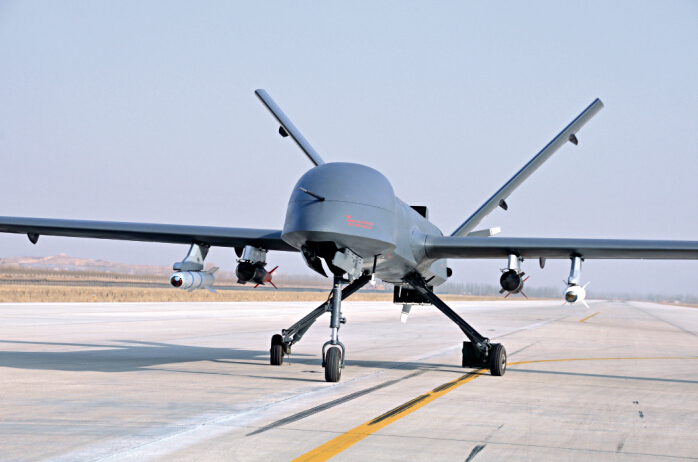
USA and Russia are also completely aware of the solemnity of this situation and are investing millions in cyber security to prevent such leaks in the future. Russia is also reconsidering selling its advanced fighters to China.
Taking into account all these factors, it is only a matter of time before the Dragon runs out of breath and this blissful bubble, built on stolen military tech, bursts.


